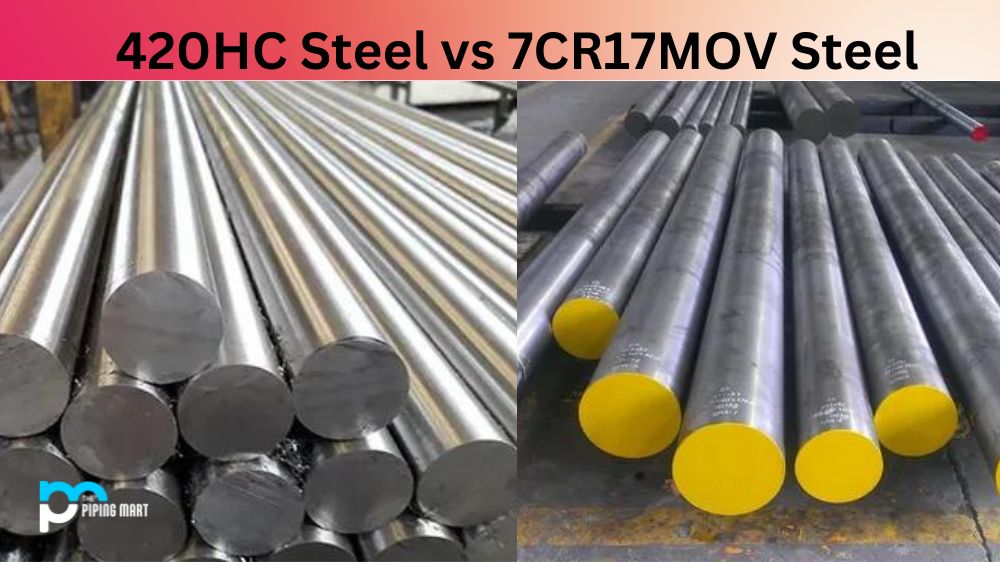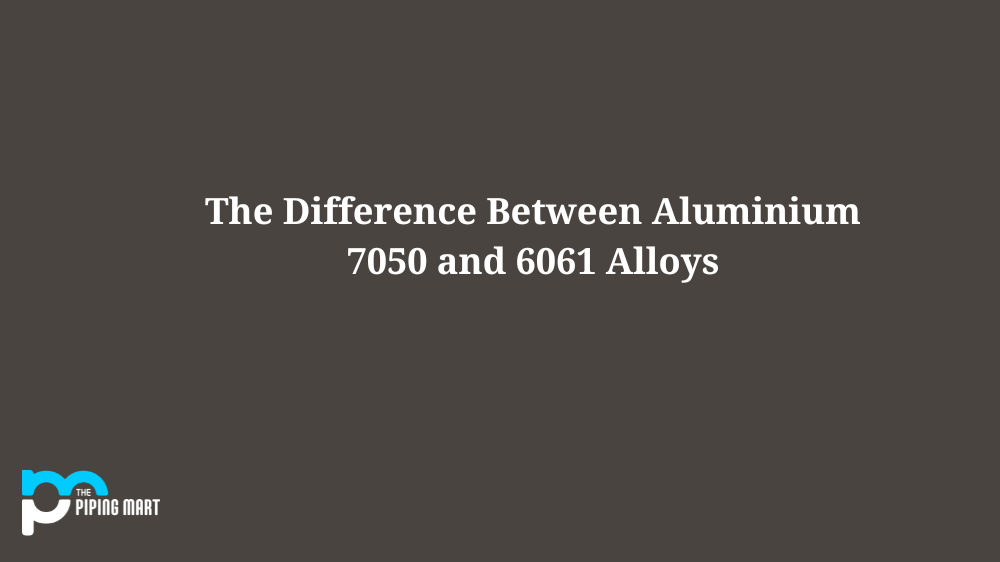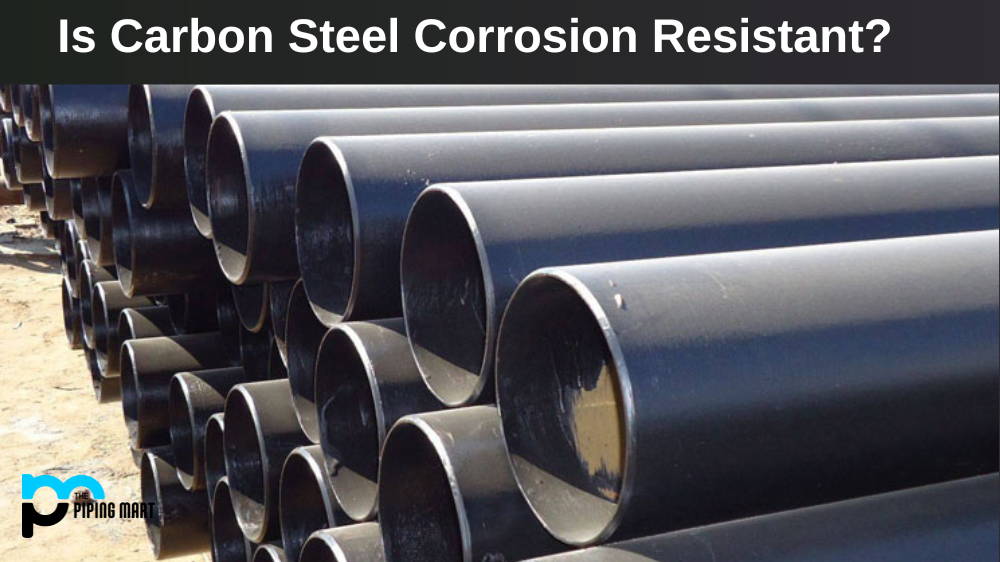Choosing the right blade for your knife can be daunting, with so many types of steel available. Two popular steel types for knife blades are 420HC and 7CR17MOV. Many people need clarification about the similarities and differences between the two. You are in the right place if you are one of these people. This blog post will comprehensively compare 420HC and 7CR17MOV steel to help you choose a knife that meets your expectations.
What is 420HC Steel?
420HC (High Carbon) Steel is a stainless steel alloy used primarily in knives, offering excellent wear and corrosion resistance. Its composition contains 0.45-0.55% carbon, making it one of the harder steels available – outranking most other stainless alloys in hardness and edge retention. The high chromium content of 420HC helps to encourage the sharpness of the blade while remaining highly corrosion-resistant.
What is 7CR17MOV Steel?
7CR17MOV is budget-friendly stainless steel, also known as 420HC or AUS-8. It comprises 17% Chromium and 0.7% Carbon, making it highly corrosion-resistant and wear and tear-resistant. It holds a relatively good edge while remaining easy to sharpen, making it a great option for outdoor activities like camping or hunting, where some durability is essential, but the cost must be considered.
Difference Between 420HC Steel and 7CR17MOV Steel
Composition
420HC steel is a high-carbon stainless steel known for its durability and corrosion resistance. It has a carbon content of 0.4%, which is higher than other stainless steels. The steel is also enriched with chromium, which makes it resistant to rust and tarnish. On the other hand, 7CR17MOV steel is similar to 440A stainless steel but has a slightly higher carbon content. It is a low-cost Chinese steel with a carbon content of 0.7 % and features chromium, vanadium, and molybdenum for improved edge retention, corrosion resistance, and toughness.
Hardness
The hardness of steel determines its strength, wear resistance and how long the blade can hold its edge. For 420HC steel, the hardness rating usually lies between Rockwell C 56-60. It is relatively soft compared to other knife steels, making it easy to sharpen but less durable. On the other hand, 7CR17MOV steel has a hardness rating between Rockwell C 56-58, which makes it softer and less durable than high-end steel but durable enough for everyday use.
Sharpening
The ease of sharpening a knife is significant when choosing a blade because it determines how long the blade will hold its edge. Blades made from 420HC steel are easy to sharpen, but the edge does not last that long. Conversely, knives made from 7CR17MOV steel are harder to sharpen, but they hold an edge longer once you sharpen the blade.
Corrosion Resistance
The corrosion resistance of a blade is an important factor, especially if you plan to use it in damp or humid environments. Blades made from 420HC steel are highly resistant to corrosion caused by moisture and oxidation, making them ideal for outdoor activities. 7CR17MOV steel is stain-resistant and less susceptible to corrosion than other high-carbon stainless steel, although it is not as water-resistant as 420HC steel.
Price
Price is always a factor when choosing a knife. 420HC steel is mid-range in price, while 7cr17mov is priced below mid-range. If you are on a budget but still wish to purchase a performant knife, then 7CR17MOV steel is an optimal choice as it is low-cost but offers good edge retention, strength, and corrosion resistance.
Conclusion:
In conclusion, both 420HC and 7CR17MOV steel are great options for knife blades, but they have different strengths and weaknesses. If you are looking for a durable, easy-to-sharpen knife that is corrosion-resistant and within the mid-range price category, then 420HC steel is a good option. However, if you prioritize edge retention, hardness, and the ability to hold up to frequent use, then 7CR17MOV steel might be the best option. With the information in this blog post, you can confidently choose the right type of steel for your knife blade.
Sakshee is a talented blogger, with a particular focus on the Business and Metal Industry. She is passionate about sharing her insights on various metal products and helping professionals to make a better decisions.




